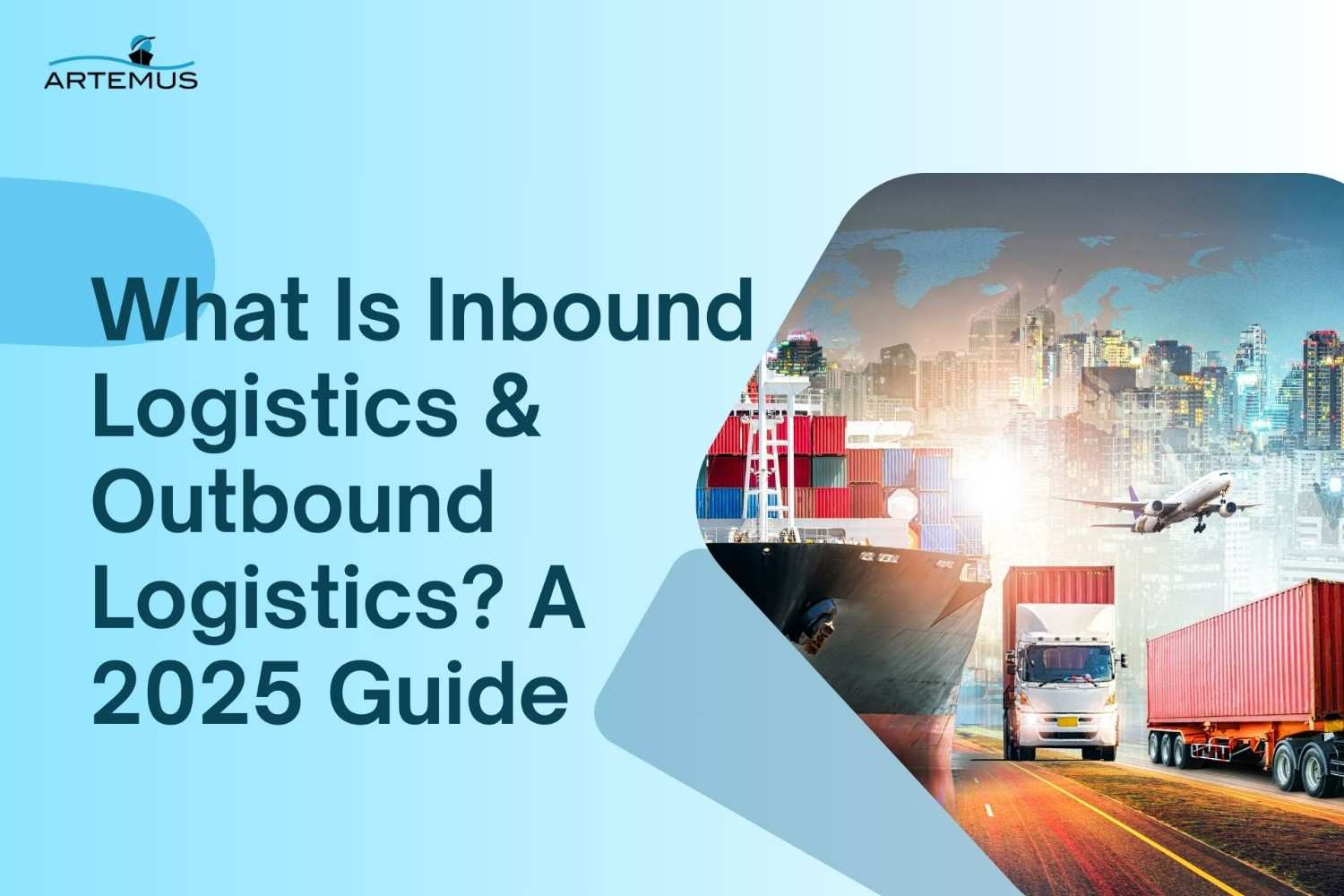
What Is Inbound Logistics & Outbound Logistics? A 2025 Guide
In the dynamic world of supply chain management, understanding the nuances of inbound and outbound logistics is crucial for operational
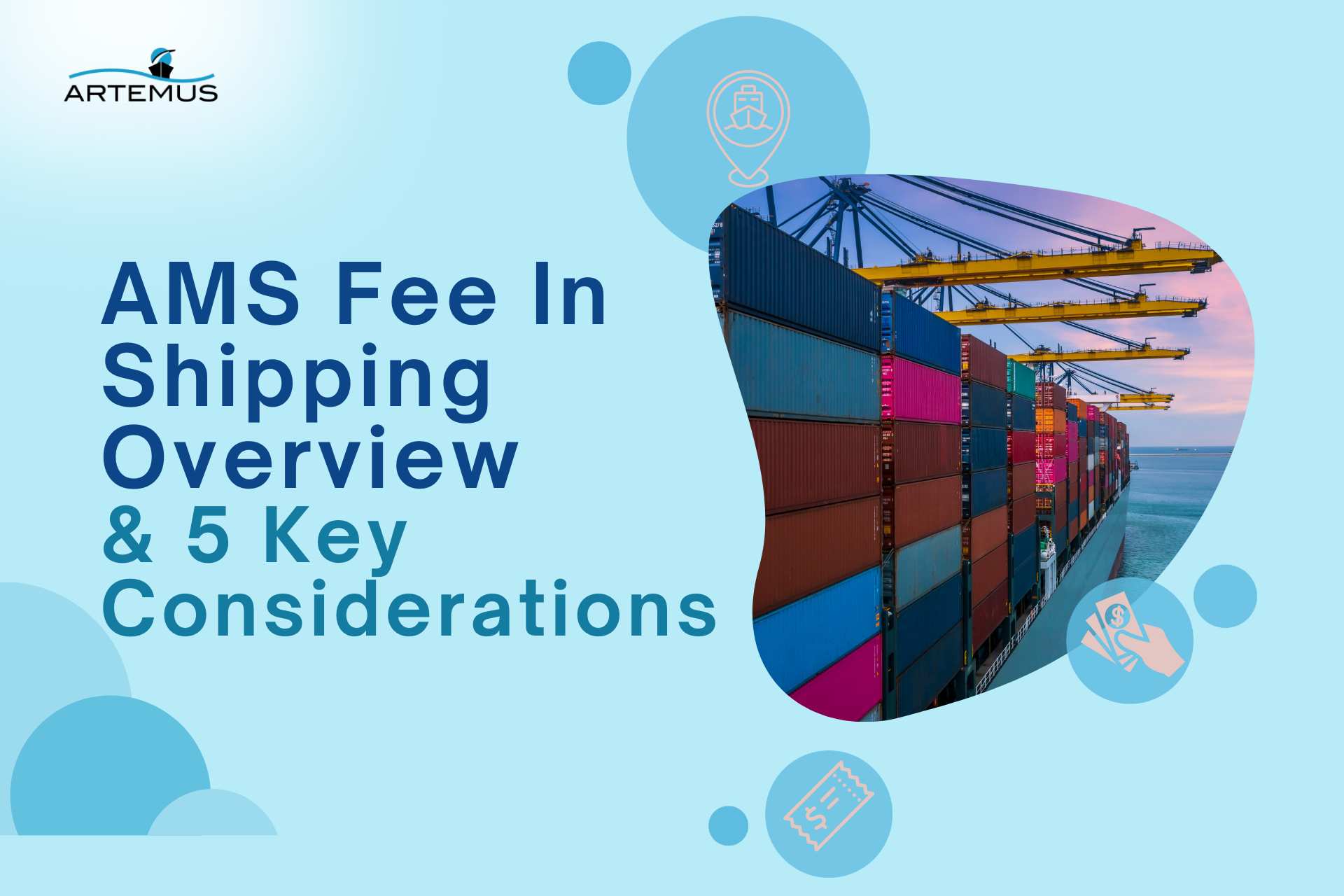
In the intricate world of international trade, staying compliant with customs regulations is not just essential—it’s often mandatory. One of the crucial components in this compliance puzzle is the Automated Manifest System (AMS) fee. Whether you’re an importer, exporter, or logistics professional, understanding AMS fees is paramount.
Plus, if you’re looking for a seamless solution to manage these fees, you’re in luck! Artemus Transportation Solutions offers an AMS software solution that can simplify the process and keep you on the right side of customs authorities. Let’s delve into the world of AMS fees and explore how this innovative software can make your international trade operations more efficient.
Table Of Contents
It’s challenging to provide an exact cost for the AMS fee due to the multitude of factors involved. However, a rough estimate can range from $5 to $20 per bill of lading or shipment. This range can vary significantly depending on factors, like shipment type, value, and mode of transportation.
Additionally, the AMS fee is typically assessed on a per-shipment basis. If you have multiple bills of lading within a single shipment or consolidated cargo, you will likely be charged the fee for each bill of lading.
To obtain a precise estimate of the AMS fee for your particular shipment, it is advisable to consult with a customs broker or reach out to the relevant customs authority. They can provide accurate information based on the specific characteristics of your shipment and its route.
Related: AMS Filing Penalty Cost: Most Common Pitfalls & Solutions
The responsibility for paying the Automated Manifest System (AMS) fee typically falls on the party or parties involved in the international trade transaction. Here’s a breakdown of who is commonly responsible for covering the AMS fee:
Related: Ocean AMS Filing Requirements: 7 Must-Have Documents
The Automated Manifest System (AMS) fee is a critical component of international trade, ensuring the efficient processing of shipments through customs. Understanding the AMS fee structure and its various components is essential for importers, exporters, and logistics professionals. Let’s delve into a detailed breakdown of the key components that make up the AMS fee:
The core of the AMS fee consists of a standard charge for processing manifest data. This fee serves as the foundation upon which additional charges may be added.
The number of bills of lading associated with a shipment can affect the AMS fee. In many cases, an additional fee is assessed for each bill of lading submitted as part of the manifest.
For containerized cargo, a container fee may apply, varying based on the type and size of containers used in the shipment. Different fees may apply for standard containers, refrigerated containers, or oversized containers.
Some customs authorities assess fees based on the weight or volume of the cargo being shipped. The exact calculation method can vary by region and may be applied to specific types of goods.
If the shipment includes hazardous materials or dangerous goods, an additional fee may be imposed to cover the cost of specialized handling and documentation required for such cargo
For airfreight shipments, customs authorities often have a distinct fee structure, which may include charges related to airway bills, cargo weight, or other factors specific to air transport.
Changes or amendments to the manifest data after submission may result in additional charges. These fees are meant to cover the administrative costs of processing amendments.
In some cases, importers or exporters may request expedited processing of their AMS data. This service typically comes with an extra fee to prioritize the clearance process.
Submitting the required manifest data after the specified deadline may incur late submission fees. Timely submission is crucial to avoid these additional costs.
Customs authorities may charge additional fees for various services, such as warehousing, customs examination, or specialized inspections.
Importers and exporters who engage third-party service providers, such as customs brokers or freight forwarders, may incur fees related to the services provided by these intermediaries.
Related: ISF Late Filing Fee: Exact Cost & 6 Tips To Manage Appeals
The U.S. Customs and Border Protection (CBP) is responsible for enforcing customs laws and regulations, including those related to fees associated with the Automated Manifest System. The CBP’s main objectives include securing the borders, collecting duties, and ensuring that trade activities comply with U.S. laws and regulations. In pursuit of these objectives, the CBP has established a comprehensive regulatory framework governing AMS fees.
Related: Late ISF Filing: What To Do If Missed The Deadline?
Related: ISF Bond Cost Breakdown & Management For Import Success
The regulatory framework for AMS fees within the U.S. Customs context is subject to continuous evaluation and adjustment to address evolving challenges. Some of the key areas of focus and potential future developments include:
Related: When Does ISF Need To Be Filed? Know The Deadline
Let’s explore five scenarios where importers and exporters can potentially claim AMS fee exemptions, shedding light on ways to optimize their trade operations.
Government shipments, whether they are for federal, state, or local government agencies, are typically exempt from AMS fees. This exemption is grounded in the principle that government entities should not be subject to fees for customs-related services.
Diplomatic shipments, including those by foreign embassies and consulates, are often exempt from AMS fees. These exemptions are part of international agreements that ensure the smooth flow of diplomatic cargo without unnecessary financial burdens.
Shipments of humanitarian aid, disaster relief supplies, and goods destined for charitable organizations that provide aid to developing countries may be eligible for exemptions or reductions. These exemptions aim to facilitate the provision of essential assistance.
Some countries may provide exemptions or reduced fees for low-value shipments, typically defined by a specific threshold. These exemptions are designed to support small-scale importers and exporters.
When goods are temporarily imported or exported for specific purposes, such as trade shows or exhibitions, customs authorities may grant exemptions or reductions on AMS fees. These exemptions encourage international business events and promote cultural exchange.
Related: ISF Filing Process: A Detailed Step-By-Step Guide
For importers and exporters, understanding five important cases of AMS fee reductions can lead to significant savings and smoother trade transactions.
Related: Who Is Responsible For Filing The ISF? Know The Key Roles
We offer essential tips to help you navigate the complexities of fee management effectively, optimizing your trade operations.
1. Accurate Data: Ensure your manifest data is error-free and complete to avoid unnecessary fees.
2. Timely Submission: Submit information well in advance to prevent late submission fees.
3. Exemption Awareness: Explore eligibility for fee exemptions or reductions based on your shipment type.
4. Optimize Consolidation: Consolidate shipments when possible to reduce the number of bill of lading fees.
5. Utilize AMS Software: Implement AMS software solutions for efficient fee management and compliance.
The AMS fee, or Automated Manifest System fee, is a charge levied by customs authorities to cover the cost of processing and managing electronic manifest data for international shipments and facilitating customs clearance.
The responsibility for paying the AMS (Automated Manifest System) fee usually falls on the importer, although it can vary based on negotiated terms, customs regulations, and specific agreements in international trade transactions.
AMS (Automated Manifest System) filing in shipping is the electronic submission of cargo manifest data to customs authorities before goods are loaded onto a vessel, allowing for pre-arrival processing and streamlined customs clearance procedures.
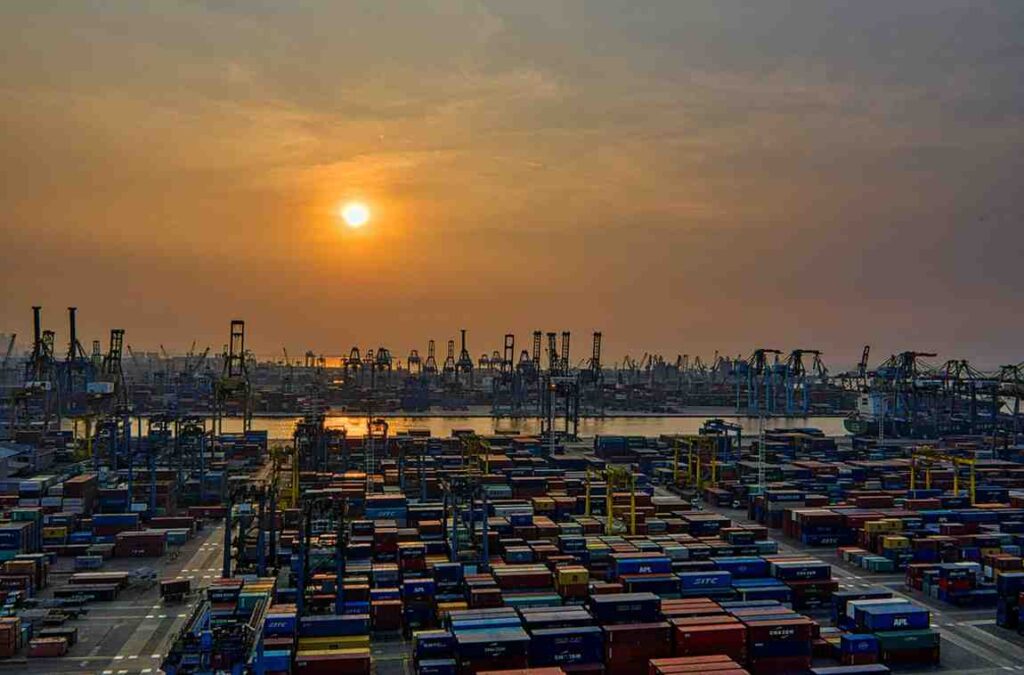
The Automated Manifest System (AMS) fee is a vital aspect that demands attention. It’s not just a cost but a critical part of ensuring efficient customs clearance and compliance with regulations. Understanding the intricacies of AMS fees, including exemptions, reductions, and the regulatory framework, can significantly impact your bottom line.
Moreover, innovative solutions like Artemus Transportation Solutions’ AMS software can streamline the fee management process, making it easier than ever to navigate the complexities of global trade.
Related: What Is ISF Bond? Types, Cost, & Components To Know

In the dynamic world of supply chain management, understanding the nuances of inbound and outbound logistics is crucial for operational
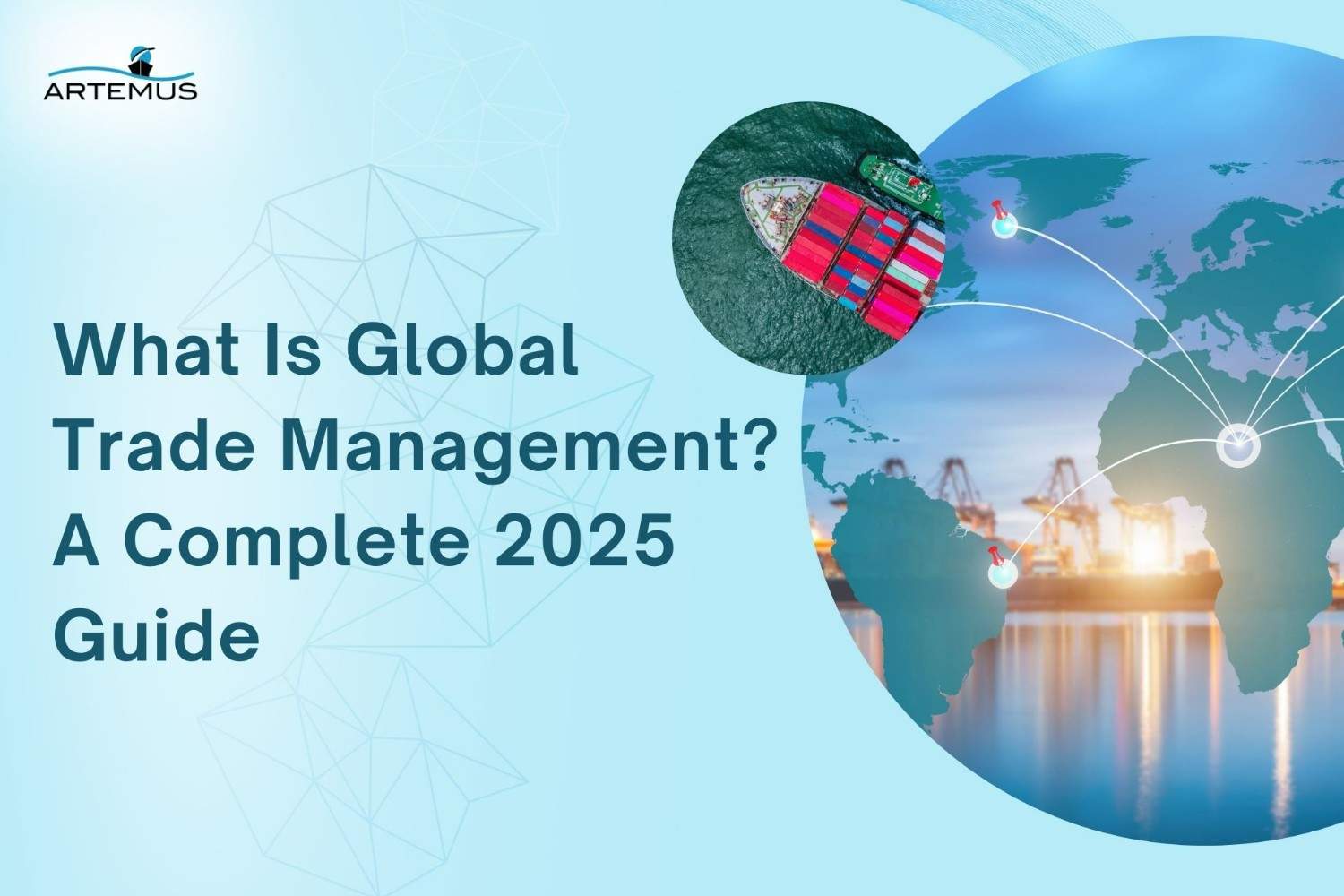
In today’s interconnected world, businesses rely heavily on global trade to expand their markets, access new resources, and drive growth.
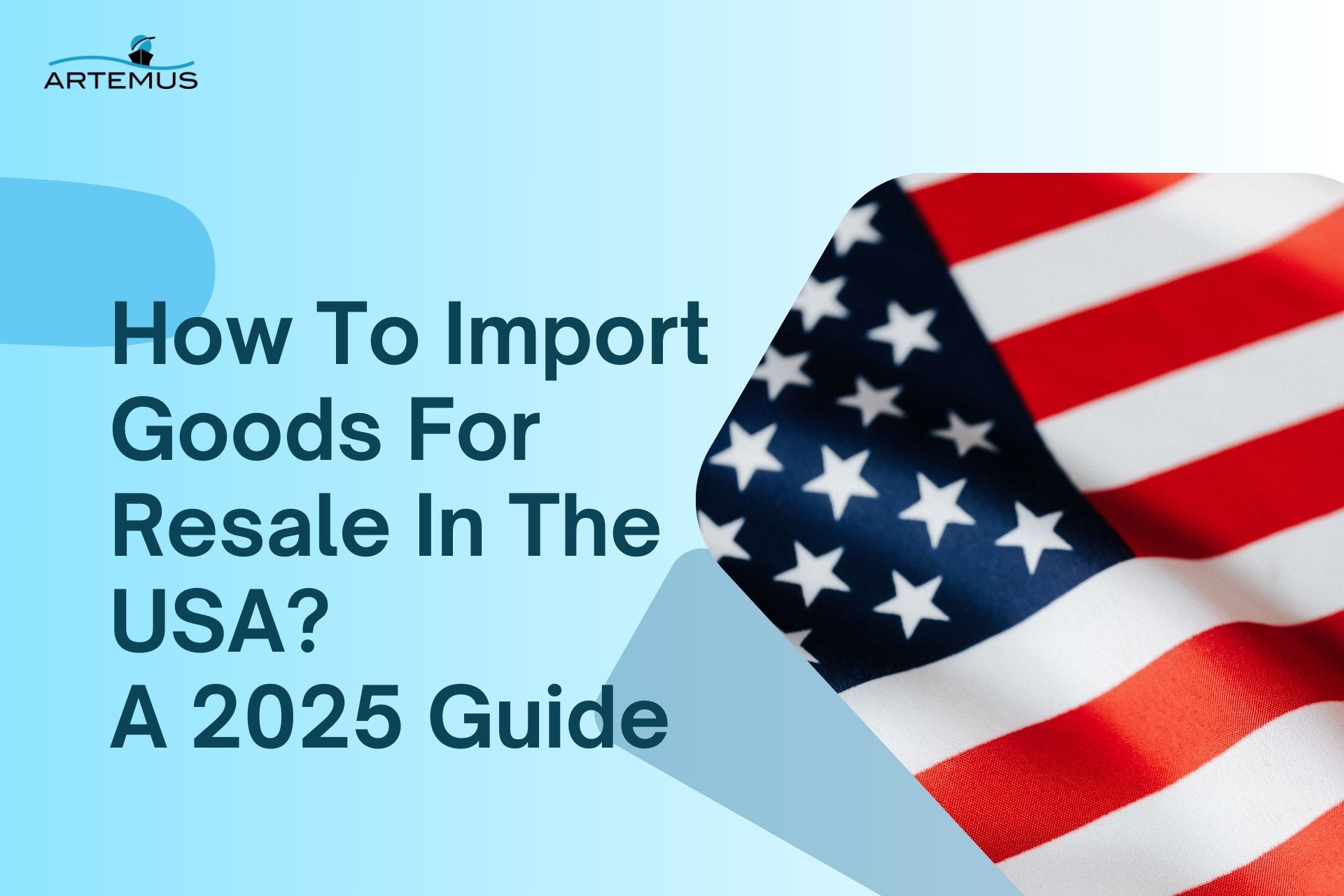
Importing goods for resale in the USA presents a lucrative business opportunity, but navigating the complexities of U.S. customs regulations,
Get In Touch
Artemus’ Software Solutions for ISF, AMS, Japan AFR, eManifest Canada, & Panama B2B filings.